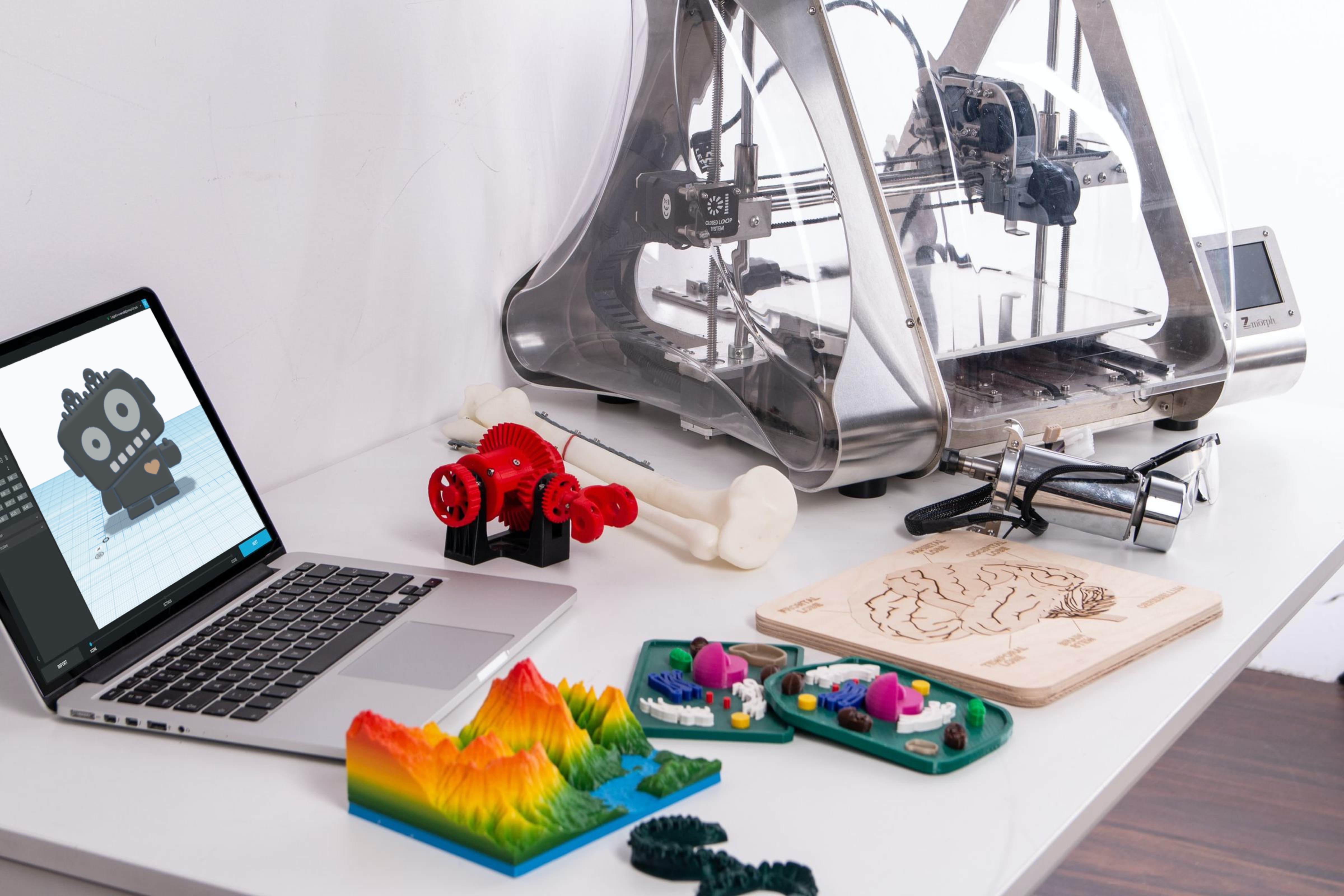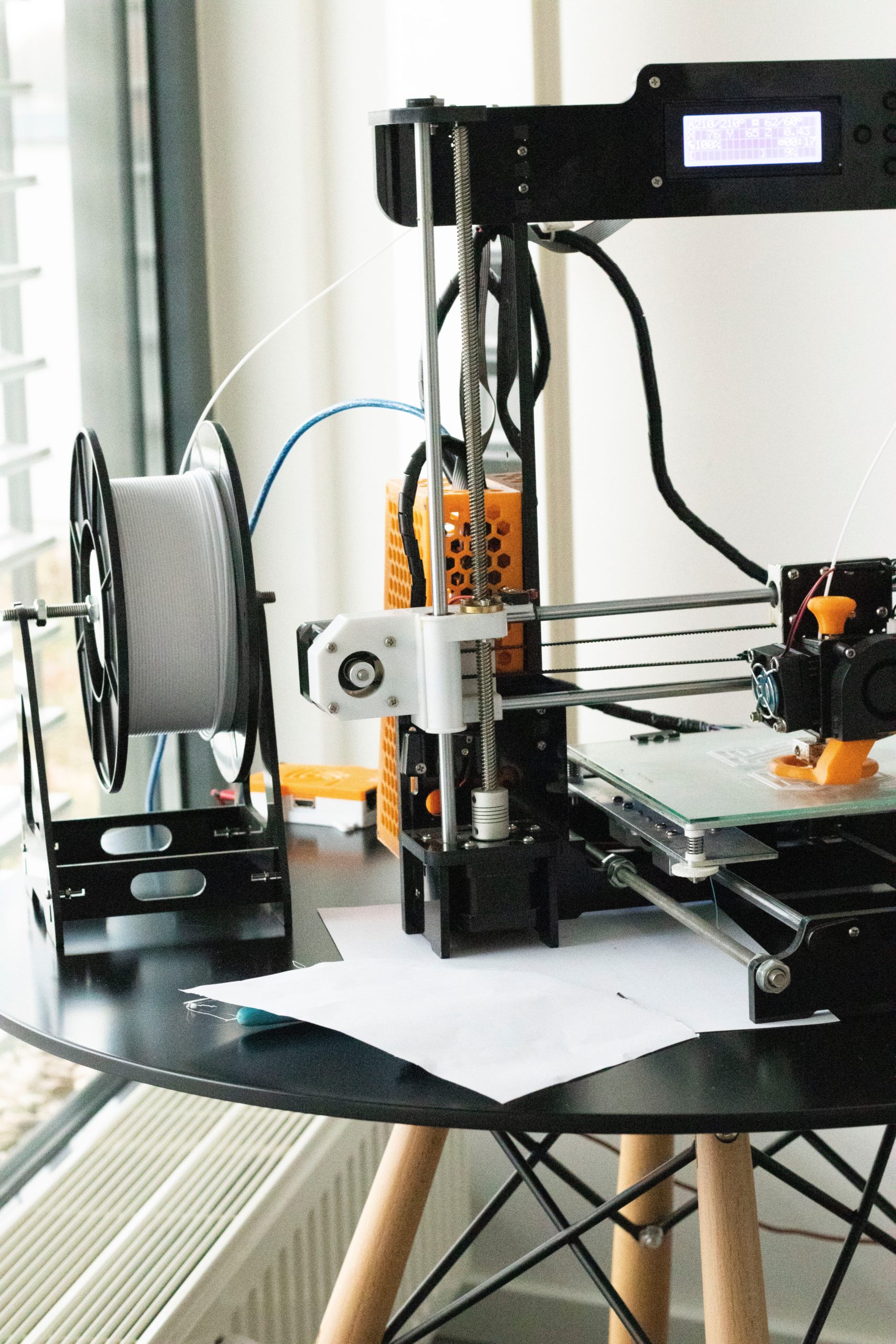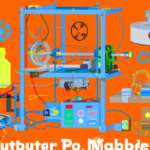
Introduction – Consumer 3D Printing
The world of manufacturing is undergoing a significant transformation, fueled by the emergence of consumer 3D printing technology. This game-changing innovation empowers consumers to create unique objects, from custom-made jewelry to prosthetic limbs, and from gadgets to toys. However, consumer 3D printing is not only about producing customized items at home; it’s also reshaping the entire manufacturing industry by introducing a more cost-effective and efficient way of producing goods. But what exactly is consumer 3D printing? How does it work, and what are the benefits for consumers? In this blog, we will delve deep into the fascinating world of consumer 3D printing and explore how it is revolutionizing the manufacturing industry. So, fasten your seat belts, as we embark on an exciting journey of creativity, innovation, and technology!
What is Consumer 3D Printing
Consumer 3D printing is a technology that enables individuals to design, create, and print objects in three dimensions. Unlike conventional manufacturing processes that rely on molds, casts, and specialized machinery, 3D printing uses digital files to create physical objects layer by layer. This process of building objects from scratch offers a vast range of possibilities, from printing customized jewelry, toys, or even body tissues, to creating a full-sized car, house or aircraft.

Consumer-grade 3D printers come in various sizes and price ranges, making them accessible to a broader range of consumers. They use a variety of materials such as plastics, resins, metals, and even organic matter to create objects. The process of creating a 3D object typically involves designing a digital 3D model using computer-aided design (CAD) software or scanning an existing object using a 3D scanner.
Consumer 3D printing technology has evolved significantly over the years, and we now see advanced 3D printers capable of producing high-quality, intricate designs such as human organs, aerospace parts or jet engines. This evolution is driving the growth of a new economy based on the democratization of production, allowing individuals to become small-scale entrepreneurs, designers or manufacturers.
The Benefits of 3D Printing for Consumers
One of the most significant benefits of consumer 3D printing is the level of customization it offers. With 3D printing, consumers can design and produce unique objects, perfectly suited to their individual needs and preferences. 3D printing empowers inventors, designers, and artists to create works of art, bespoke fashion, and customized products that were previously impossible.
Another benefit of consumer 3D printing is that it allows consumers to test and prototype their designs quickly and at a lower cost than traditional manufacturing methods. In the past, prototyping often required costly investments in specialized machinery and sometimes months of waiting time. With consumer 3D printing, the prototyping process can be completed in a matter of hours, allowing designers and innovators to test and refine their ideas quickly and easily.
Consumer 3D printing also has significant implications for sustainability, as it enables manufacturing on-demand and reduces the carbon footprint associated with large-scale production and transportation. 3D printing eliminates the need for tooling, which is the process of creating the molds and dies required for mass production, and reduces the amount of waste generated throughout the manufacturing process.
Overall, at-home and widely available 3D printing is revolutionizing traditional manufacturing, democratizing production and design, and giving consumers the power to create unique objects that were previously only available to a select few.
The Future of Consumer 3D Printing
3D printing has the potential to revolutionize a wide range of industries by allowing for greater flexibility, reduced costs, and enhanced design capabilities. For example, in the medical industry, 3D printing is used for creating customized prosthetics, implants, and surgical tools. The aerospace industry is also harnessing the power of 3D printing to produce aircraft parts that are lighter, stronger, and more efficient.
As 3D printing continues to evolve, we can expect to see even greater innovation in sectors such as fashion, construction, and food. 3D printing technology is already being used to create new forms of sustainable fashion, structures, and even complex designs for chocolate and other food items.

However, despite the many advantages of 3D printing, there are also significant challenges and limitations to its widespread adoption. One of the main issues is the high cost of materials and equipment required for producing large-scale 3D printed products. Additionally, the quality of 3D printed products is still limited when compared to traditional manufacturing methods.
As the technology continues to evolve, consumer 3D printing will likely become more affordable, accessible, and advanced, leading to new possibilities and innovations. The shift towards on-demand, customized production and the potential for 3D printing to transform several industries is clear. We can expect to see 3D printing’s continued growth in the coming years as it becomes a driving force in manufacturing, design and the overall product development process.





